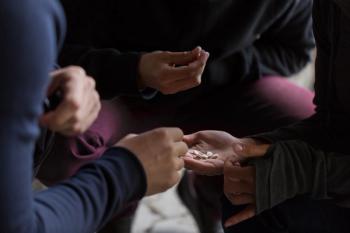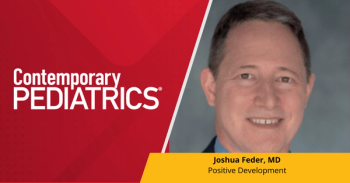
Social marginalization in childhood can impact circulatory health in adulthood
Many things in childhood can have a lifelong impact. A new study sheds light on how peer marginalization can impact cardiovascular outcomes in adulthood.
Childhood is filled with many things, including spending time with family, going to school, and forming the foundation for adult life. Unfortunately for some children, there can also be marginalization from peers. Little research has been done on how this peer rejection impacts long-term health outcomes. A
The researchers included participants who were born in 1953 and who also resided in the greater metropolitan area of Stockholm, Sweden in 1963. The study was based on the Stockholm Birth Cohort Multigenerational Study. Cohort members had their peer status assessed sociometrically at age 13 years. Inpatient care registers with information about circulatory diseases was linked to the survey material.
Investigators found that being marginalized by peers at age 13 years was linked with a significantly higher risk of circulatory disease in adulthood among both females (hazard ratio [HR] 1.33; 95% CI 1.04 to 1.70) and males (HR 1.34; 95% CI 1.09 to 1.64). Additionally, the researchers found a graded relationship between circulatory disease and peer status in the female participants (p=0.023). The same was not found with the male participants because only the lowest social status position was linked to a significantly increased risk of circulatory disease. The links between peer status and circulatory disease was significant, even after adjusting for other conditions.
The study had a number of strengths, including the use of longitudinal data that was linked to register data. There was also a high level of participation, which helped reduced biases that were linked to attrition or non-response. The homogenous nature of the study’s cohort also allowed certain influences, such as immigration, could be ruled out by the researchers. Limitations included very little information about the health and health-related behaviors in childhood. The timing of the presentation of health problems was also unable to identify.
The investigators concluded that circulatory disease in adulthood could potentially be traced to being marginalized by peers in childhood. Peer status in late childhood, which is when the child starts the process of social integration that will form the basis of adolescence and adulthood, can be a long-term stressor that could contribute to circulatory disease in a number of ways.
Reference
1. Miething A, Almquist Y. Childhood peer status and circulatory disease in adulthood: a prospective cohort study in Stockholm, Sweden. BMJ Open. September 15, 2020. Epub ahead of print. doi:10.1136/bmjopen-2019-036095
Newsletter
Access practical, evidence-based guidance to support better care for our youngest patients. Join our email list for the latest clinical updates.








